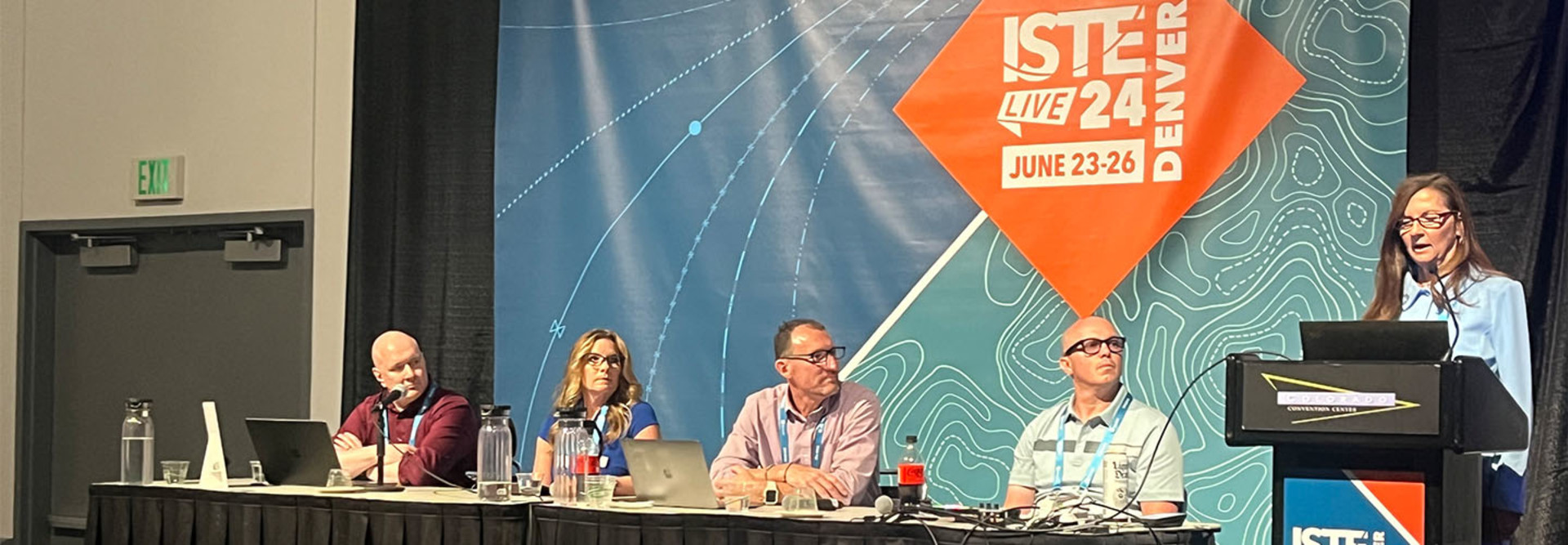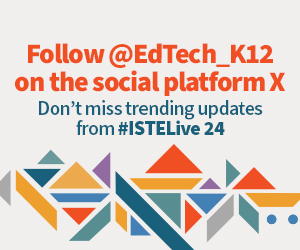Seek a National Cybersecurity Model
Instead of reinventing the wheel, panelists said, several cybersecurity frameworks already exist that schools can use to build their own cybersecurity strategies.
The NIST Cybersecurity Framework 2.0 takes the original five pillars (identify, protect, detect, respond and recover) for strengthening cybersecurity and then layers in governance throughout the document.
Frankie Jackson, a former school CTO and current Cybersecurity Coalition for Education project lead, said that the governance piece is critical, as it means cybersecurity is “no longer really seen as a technology initiative, and it requires leadership commitment.”
The Cybersecurity Coalition for Education has also created a framework based on the NIST framework that more closely aligns with education.
RELATED: What do K–12 IT leaders need to know about cyber liability insurance?
Why K–12 Needs an Outside Cybersecurity Assessment
Panelists noted that it can be difficult to get school administrators to see the value of investing in cybersecurity, so external assessments can be extremely enlightening. And while free or paid assessment options abound, panelists pointed to the Cybersecurity Rubric 2.0, which ranks organizations from 1 to 5 on each of their cybersecurity pillars.
The tool could help technology leaders see what areas of their cybersecurity strategies need strengthening and can also make the gravity of addressing cybersecurity gaps clear to nontechnical leadership teams.
“I’ve never met a superintendent that didn't want to be up there as a Level 4 or Level 5, because in their mind, that's an A or a B,” Jackson said. “And when they come down to the multifactor authentication part of the rubric and they see that not having that means they are on Level 1, they see that as an F. They're pretty quick to get on board for critical improvements.”
DIVE DEEPER: What happens when school districts turn to outside experts to beef up cybersecurity?
Understand and Communicate Your Level of Risk
While an assessment can result in some valid security recommendations, panelists noted that most schools cannot get everything done right away.
“It takes a long time, and there are a lot of different levels of work that need to happen to get to a mature level of cybersecurity,” said Rich Boettner, CTO at Hilliard City Schools in Ohio. “Figuring out what your risk tolerance is as a district takes conversations with senior management, so you've got to bring in the people who aren't normally in the room.”
Stacy Hawthorne, chief academic officer at Learn21, said that having key performance indicators could be another strategy for communicating data showing the need for improved cybersecurity.
“I know in education, people don't want to hear about KPIs, but once you’ve done that cybersecurity risk assessment, you could create some KPIs for maintaining cybersecurity and track those and align them with your school and organizational objectives,” she said.
“The only way we’re going to solve cybersecurity is with human interaction,” she continued. “You must have a team of people with you. Your boards need to be aware of this, and KPIs give you the ability to communicate metrics to senior leadership and keep them informed.”














